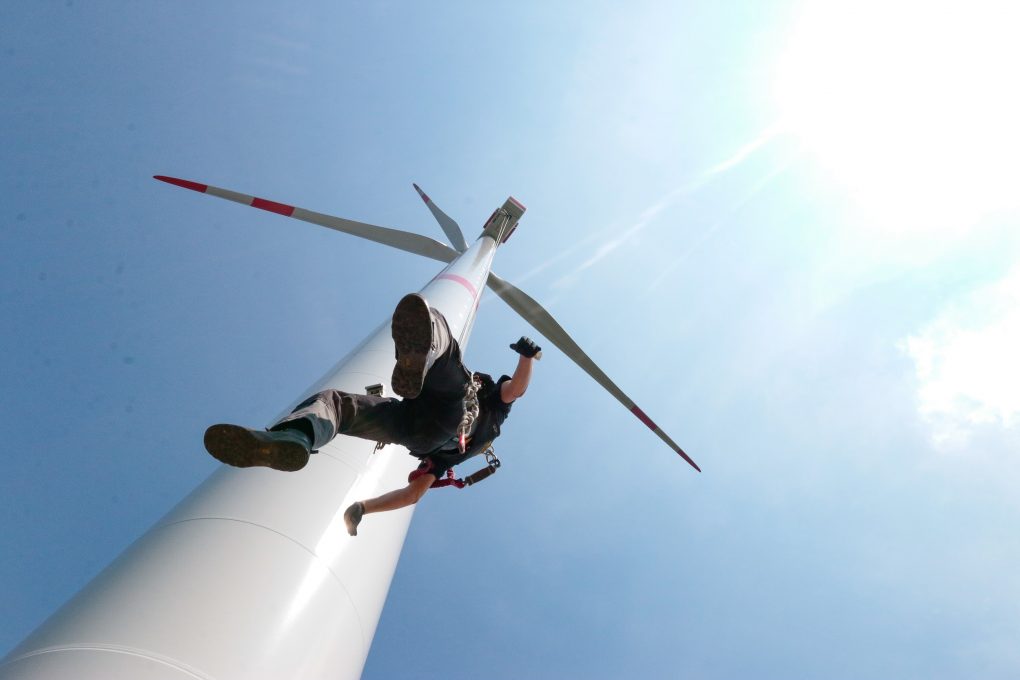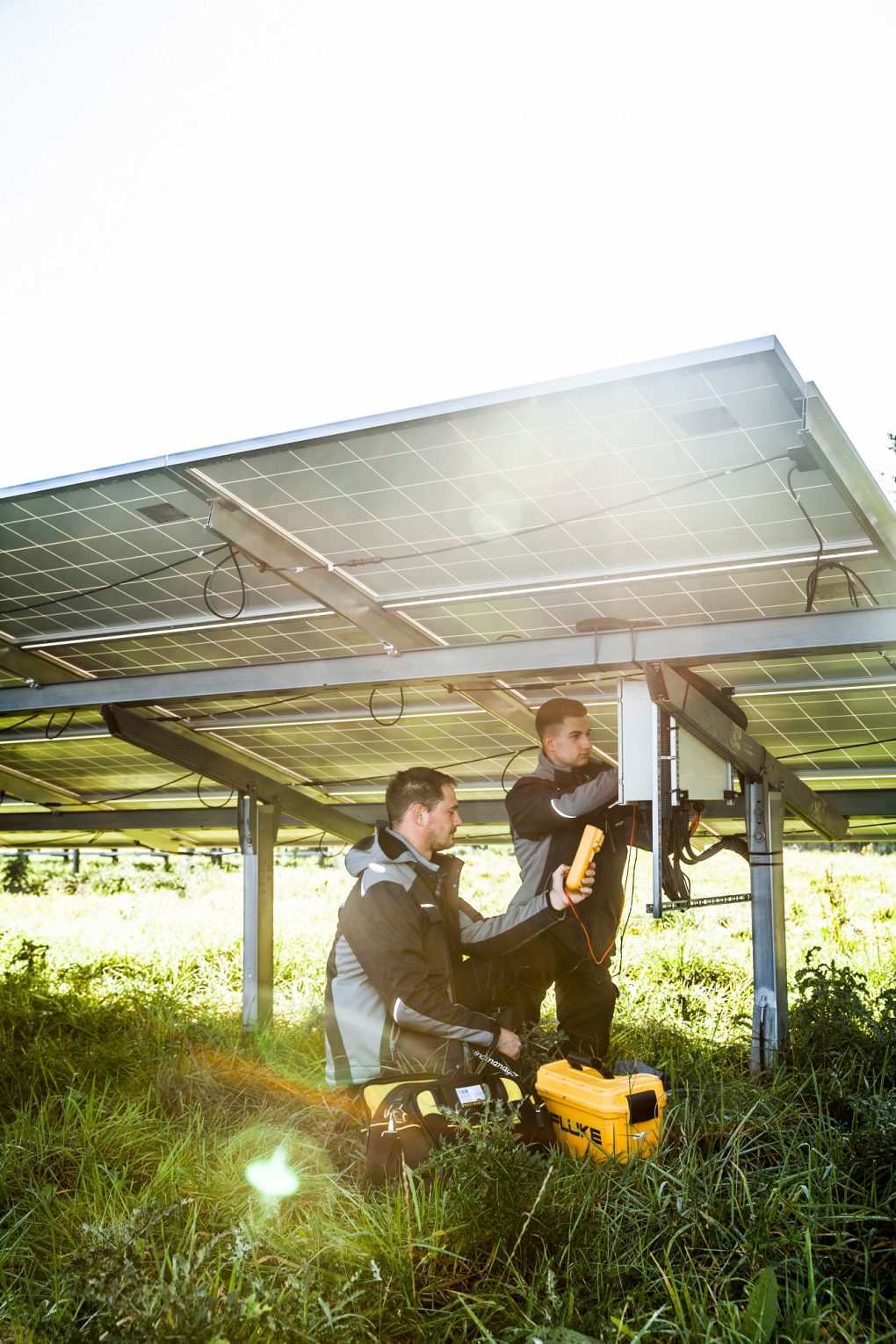
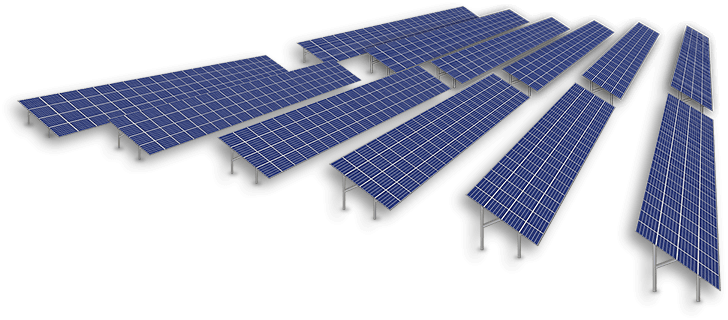

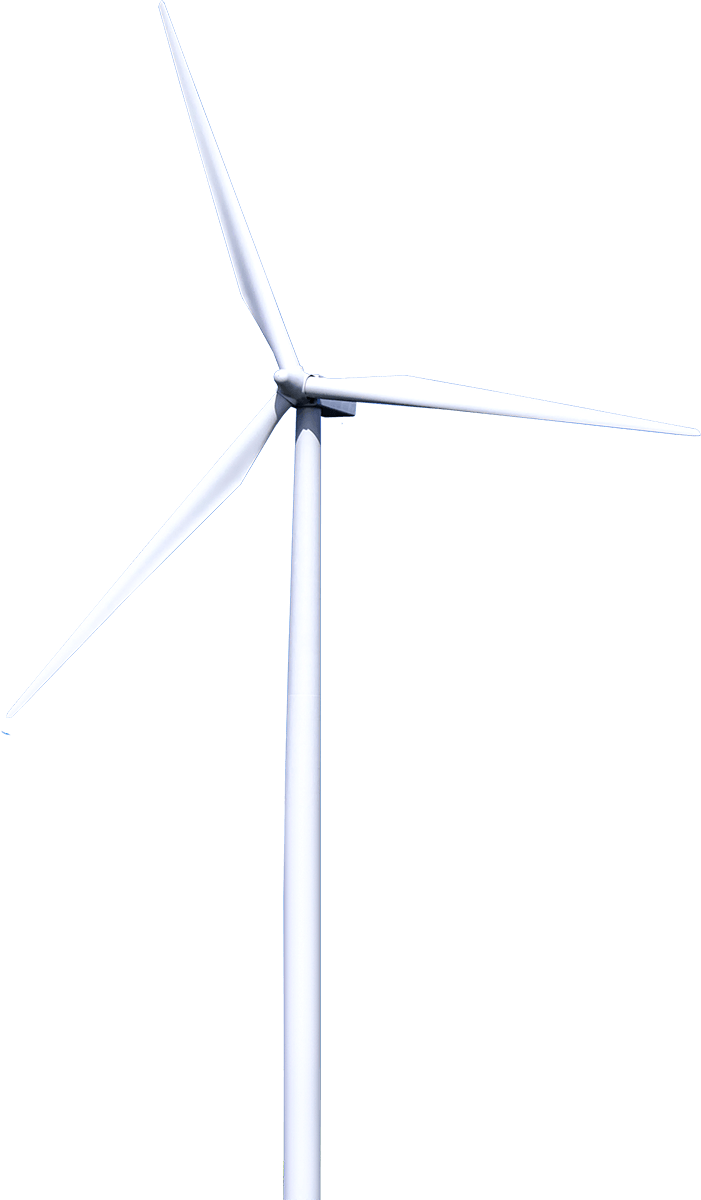
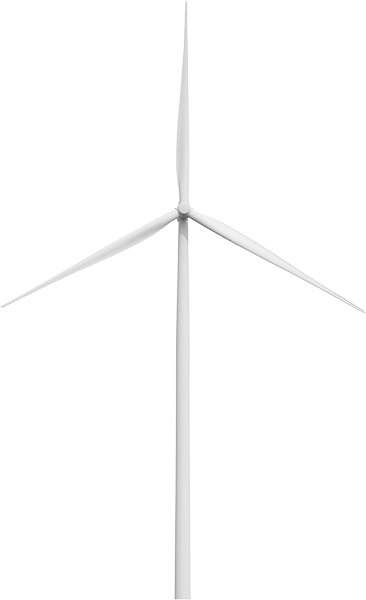
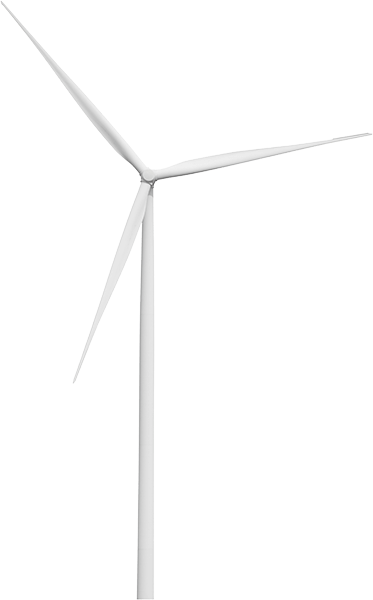
OUR KEY FIGURES
We offer the right solution: whether wind, solar or for your entire portfolio
Working for you worldwide: from Oulu to Los Ángeles
Excellent quality: Our quality management system is certified according to DIN ISO 9001:2015 (Germany).
Experienced key account management for the ideal support of your projects
What our customers say: 9 out of 10 would recommend us as operations manager.
Our services:
Wind Farm Management
Always on top
We take over the commercial and technical management of your wind farm. We currently manage a total capactity of over 6 gigawatts. And we do this worldwide. From Piteå to Taichung.
Find out more about our wind farm management services:
Solar Farm Management
CHARGED WITH ENERGY
In addition to the commercial and technical management, we also take care of the maintenance and service of your solar farms. Currently, we manage around 80 solar farms.
Learn more about our solar farm management at:
Asset & Portfolio Management
YOUR ASSETS ALWAYS IN SIGHT
Do you operate wind farms and solar farms? Or are you looking for an operations manager to oversee your entire portfolio? At the moment, we manage a volume of over 500 megawatts in asset and portfolio management.
For more information, please visit:
Schorer
Director Customer Relations
+49 (0) 421 897 660 0
sales-wm@wpd.de
About wpd windmanager
What moves us
Since 1998, we have been committed to a sustainable energy supply from wind and solar power. Today, we manage over 6 gigawatts of total capacity and operate in various markets worldwide.

Career
Into the future with us
Looking for a new challenge? Here you can find more information about us and why we work at wpd windmanager:
